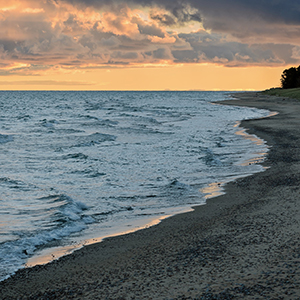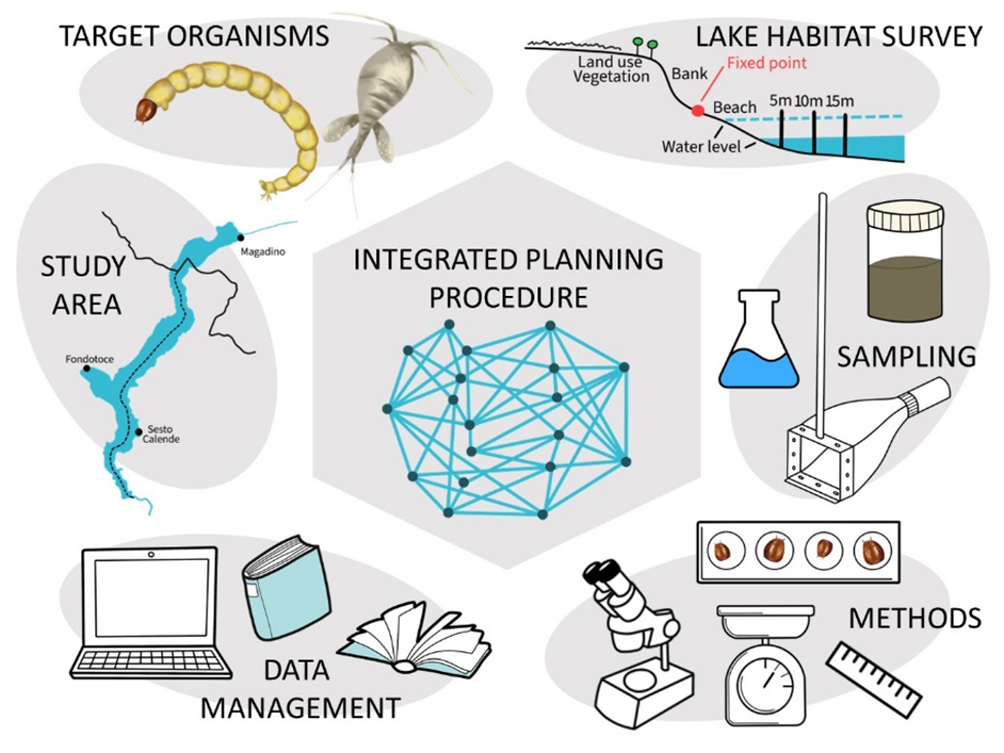Sampling and laboratory protocols to study the effects of water-level management on the littoral invertebrate fauna in deep and large temperate lakes

Submitted: 13 April 2022
Accepted: 10 August 2022
Published: 23 September 2022
Accepted: 10 August 2022
Abstract Views: 818
PDF: 267
HTML: 19
HTML: 19
Publisher's note
All claims expressed in this article are solely those of the authors and do not necessarily represent those of their affiliated organizations, or those of the publisher, the editors and the reviewers. Any product that may be evaluated in this article or claim that may be made by its manufacturer is not guaranteed or endorsed by the publisher.
All claims expressed in this article are solely those of the authors and do not necessarily represent those of their affiliated organizations, or those of the publisher, the editors and the reviewers. Any product that may be evaluated in this article or claim that may be made by its manufacturer is not guaranteed or endorsed by the publisher.
Similar Articles
- Roy THOMPSON, Christian KAMENIK, Roland SCHMIDT, Ultra-sensitive Alpine lakes and climate change , Journal of Limnology: Vol. 64 No. 2 (2005)
- Benjamin S. GILFEDDER, Michael PETRI, Harald BIESTER, Iodine speciation and cycling in fresh waters: a case study from a humic rich headwater lake (Mummelsee) , Journal of Limnology: Vol. 68 No. 2 (2009)
- Thomas C. Jensen, Winter decrease of zooplankton abundance and biomass in subalpine oligotrophic Lake Atnsjøen (SE Norway) , Journal of Limnology: Vol. 78 No. 3 (2019)
- Colin J. WHITFIELD, Julian AHERNE, Jack B. COSBY, Shaun A. WATMOUGH, Modelling boreal lake catchment response to anthropogenic acid deposition , Journal of Limnology: Vol. 69 No. s1 (2010): Impacts of sulphur and nitrogen deposition in western Canada
- Luciana MASTRANTUONO, Teresa MANCINELLI, Littoral invertebrates associated with aquatic plants and bioassessment of ecological status in Lake Bracciano (Central Italy) , Journal of Limnology: Vol. 64 No. 1 (2005)
- Anna VISCONTI, Marina MANCA, The invasive appearance of Eudiaptomus gracilis (G.O. Sars 1863) in Lago Maggiore , Journal of Limnology: Vol. 69 No. 2 (2010)
- Martin SCHMID, Pema DORJI, Permanent lake stratification caused by a small tributary - the unusual case of Lej da San Murezzan , Journal of Limnology: Vol. 67 No. 1 (2008)
- Jiří KOPÁČEK, David HARDEKOPF, Vladimír MAJER, Petra ŠENÁKOVÁ, Evžen TUCHLÍK, Josef VESELÝ, Response of alpine lakes and soils to changes in acid deposition: the MAGIC model applied to the Tatra Mountain region, Slovakia-Poland , Journal of Limnology: Vol. 63 No. 1 (2004)
- Ulrike OBERTEGGER, Marina MANCA, Response of rotifer functional groups to changing trophic state and crustacean community , Journal of Limnology: Vol. 70 No. 2 (2011)
- Ariadne do Nascimento Moura, Nisia K. C. Aragão-Tavares, Cihelio A. Amorim, Cyanobacterial blooms in freshwaters bodies in a semiarid region, northeastern Brazil: A review , Journal of Limnology: Vol. 77 No. 2 (2018)
<< < 57 58 59 60 61 62 63 64 65 66 > >>
You may also start an advanced similarity search for this article.

 https://doi.org/10.4081/jlimnol.2022.2073
https://doi.org/10.4081/jlimnol.2022.2073







